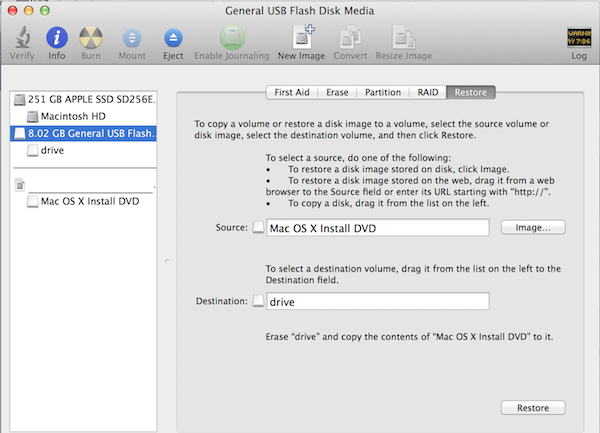

DVD/CD Master: this image is compatible with 3rd party apps, and will have the extension '.cdr'.read/write: this image will be modifiable, and will have the extension '.dmg'.compressed: this image will be a compressed version of a read-only image.read-only: this image will not be modifiable.Note: If you do not see your disk listed, that means you did not click on it beforehand.Then select select File -> New Image -> Image from "ExternalHD".Open Disk Utility, then click on the external hard disk that you wish to clone (for example, "ExternalHD").The above link has information for previous OSX versions. The steps assume you are using Mac OSX High Sierra or later. This method is fairly straightforward, and Apple has a surprisingly helpful knowledgebase article that provides information as well. Method 2: Use Disk Utility Creating a Disk Image To restore a disk image, follow the above steps in reverse.


If you want to create a disk image on an existing disk, then select a folder instead. If you want to create a cloned copy of the source volume, then select a destination disk, but be advised that existing files may be overwritten. To create a disk image, select the source volume and the destination volume. CCC has been around awhile, and has a simple yet powerful interface that can serve multiple functions, including creating a bootable backup from a disk (like your internal hard disk).
#Create a restore image for multiple versions of os x how to
This gist details how to create or restore a disk image in Mac OSX.


 0 kommentar(er)
0 kommentar(er)
